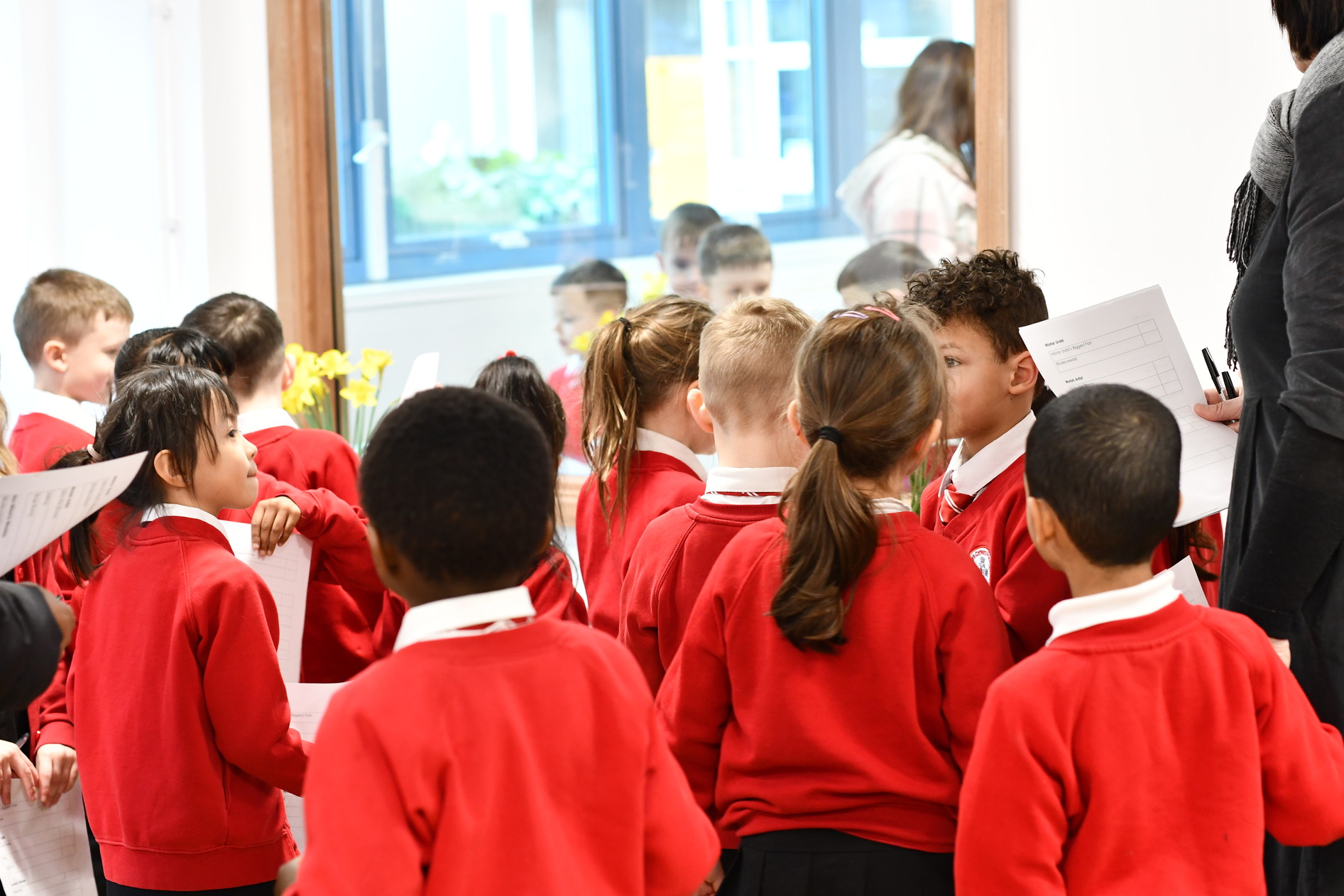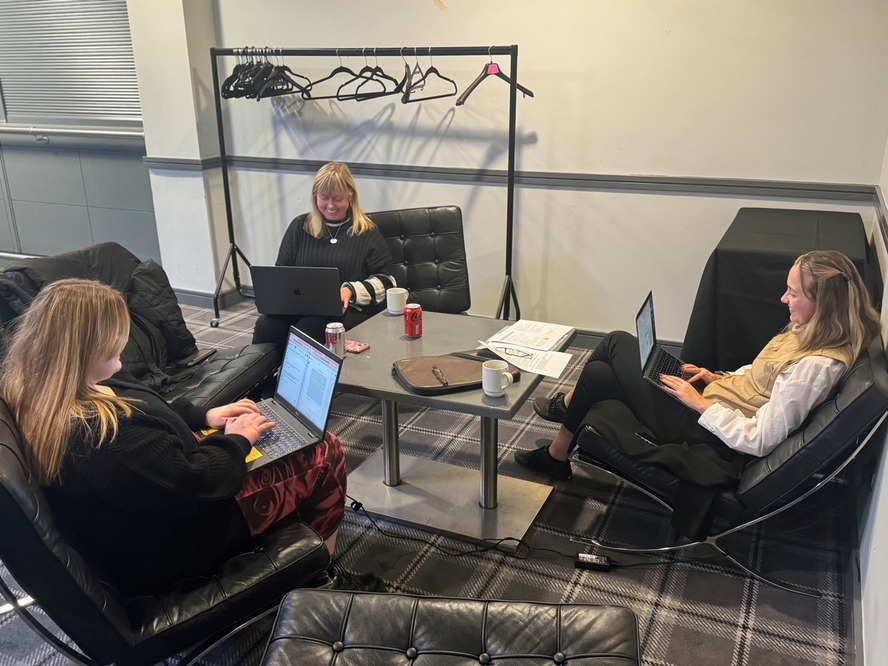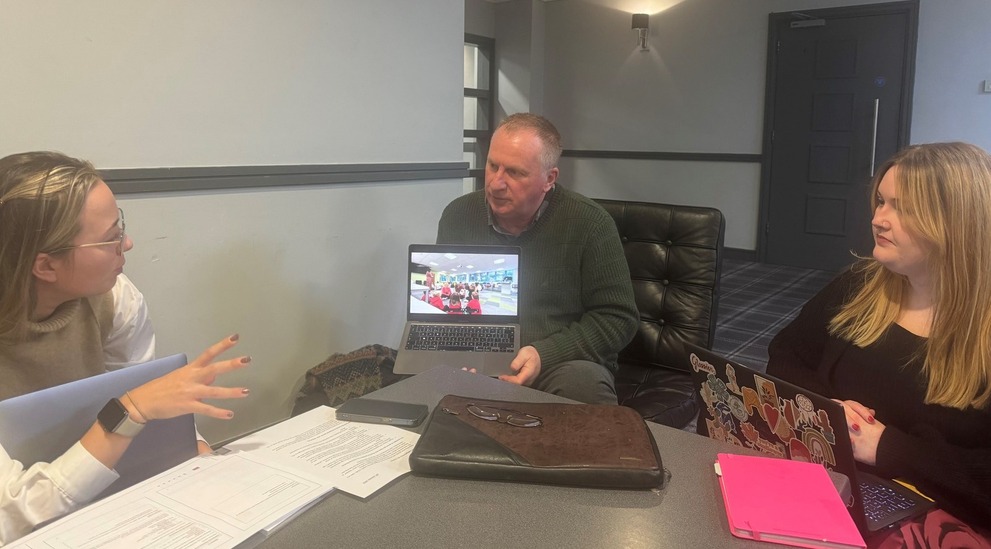By Russell Grigg, Helen Lewis, Tami O'Neill and Emily Gregory
More than a century ago John Dewey, the great American educationalist, suggested that preservice teachers should be provided with situations that stimulate reflection about teaching. Observing and reflecting upon teaching are now widely regarded as integral elements of initial teacher education programme design. In practice, this typically happens in schools as part of student teachers' (STs) placement experiences. This blog discusses the complementary use of observation classrooms within our university campus.
Background
At Swansea University, the PGCE primary STs make use of two observational classrooms as part of their programme. The classrooms were designed because of the programme’s overarching vision of ‘developing research-informed reflective practitioners’. We felt that to achieve this, STs needed safe, authentic and engaging opportunities to systematically reflect on and discuss teaching and learning.
Whilst these types of opportunities are built into school-based elements of the programme, we wanted to ensure that we could also do this in the university. We felt that, alongside traditional approaches such as using videos, or thinking back to previous experiences in school, their experiences would be enriched through opportunities to collaborate in planning, teaching and reflecting on lessons involving real children and teachers.
During the first seven weeks of the programme, STs use the observational classrooms in three different ways: (1) they observe the lessons taught by experienced teachers (2) they plan and teach a variety of small group activities (3) they critically reflect upon the video recordings of lessons taught by one of the team. Each week has a different focus, including: storytelling skills, teacher’s questioning (Figure 1) and how to engage learners through practical activities.
-(1).jpg)
Figure 1. STs observe a teacher's questioning in mathematics
Benefits for STs
As teacher educators, we felt the observational experiences enabled us to break down traditional binaries. Dickson (2020) calls for a reconceptualisation of the partnership between universities and schools in terms of time, space, content and persons. Through the use of our observation classrooms, we have created a third space in which STs and teacher educators (from both school and university) can teach in a safe, supportive and secure environment.
All STs have provided positive feedback about their experiences in the observation classrooms and identified a range of benefits. In particular, they report an increased level of confidence. They attribute this to feeling at ease in front of peers and having the opportunity to practise and act on helpful suggestions. For Emily, for example, what boosted her confidence was the non-judgemental feedback from peers:
I tried to work on how I could improve my teaching practices, for example to ensure all pupils were able to see the resources utilised, particularly during the storytelling lesson.
Another key benefit students experience is seeing how different theories apply in ‘real time’. For example, Tami reflects on Vygotskyian ideas about scaffolding and how these play out in front of herself and her observing peers (Table 1).
|
Strategies |
Examples |
|
Using Visual Aids |
During a lesson on rounding numbers, the class teacher used a number line and a visual prompt as a reminder: ‘five to nine climb the vine, zero to four slide to the floor’. |
|
Making real-life connections |
Using pictures of the local area to show that the focus of the lesson connects to the real world. |
|
Think-pair-share |
In pairs, pupils spoke about what ‘forces’ meant to them, before sharing their ideas with a peer and then to a group. |
|
Activating prior knowledge |
During a recap at the start of a lesson, the teacher educator referred to children's prior knowledge about the epistemology of their names. |
|
Asking a range of questions |
In the lessons observed, the teachers used a wide range of questions, from those that targeted knowledge recall and understanding (e.g. ‘‘What is rounding?’) to problem-solving and creative thinking (e.g.’ ‘How can we make sure we are successful in this lesson? |
Table 1. Scaffolding Techniques observed
Wider benefits
From the teacher educators’ perspective, as a new team, we have been able to undertake collaborative peer observation for the first time. As a result, we have developed shared understandings, for example, of the role of research and evidence to shape our teaching in higher education. We have reflected together on areas that we can improve, such as how we better scaffold discussions with student teachers. We have shared teaching approaches effectively. Without the observational space, this dialogue would not have taken place in-the-moment and together, as previously peer observation has been an individual process, with more limited impact.
There are also benefits for the visiting school. For the majority of pupils, this was the first time that they had visited a university. Most were very excited to come, and enjoyed the experience, for instance, stating: ‘I liked it when they asked us about what we like to do in the classroom’ and ‘We liked them asking us questions and about how we concentrate in class.’. Following a science lesson, one pupil expressed her delight because it offered her an opportunity to acquire new knowledge to share with her scientist father. In some cases, parents accompany the class as volunteers. Again, for some this was a new experience, and had the chance to change their perceptions of what a university environment would be like.
Challenges and limitations
From the programme perspective, this approach has been a significant commitment in terms of planning and preparation. The university has invested financially in the facilities. There is also an additional associated cost as the university funds the school’s travel expenses, and relies on close working relationships between the university and the six schools who are our lead partners. One reason that this has been possible is due to the small size of our ST cohort (n=25 ). If our allocation increases in future years this may mean we need to rethink how these opportunities are scaled-up.

Figure 2. Benefits and challenges of using our observational classrooms
On reflection, STs and lecturers both agreed there was insufficient time given to provide feedback to peers. Moreover, Instead of using the basic ‘two stars and a wish’ approach we currently adopt, we have reflected that it would be much better to engage in more in-depth analysis focusing on specific aspects of teaching or learning.
Despite the challenges summarised in Figure 2, there is universal support within the team and among our STs and partner schools for continued use of the observation classrooms.
We see these as central to our vision of developing research-informed, reflective practitioners. Dewey's much-acclaimed Laboratory School became a 'community of inquiry' in which teachers 'were all on a piece of research together' (Durst, 2010: 9). We hope to invoke a similar spirit as we make the most of our own innovation.
References
Dickson, B. (2020. “ITE Reform at the University of Glasgow: Principles, Research-basis and Implications”, Wales Journal of Education. 22(1). doi: https://doi.org/10.16922/wje.22.1.12-en
Durst, A. (2010). John Dewey and the Beginnings of the Laboratory School. In: Women Educators in the Progressive Era. Palgrave Macmillan, New York.
Blog written by:
Director of ITE Russell Grigg, PGCE Programme Director Helen Lewis, PGCE Primary Student Teachers Tami O'Neill and Emily Gregory



